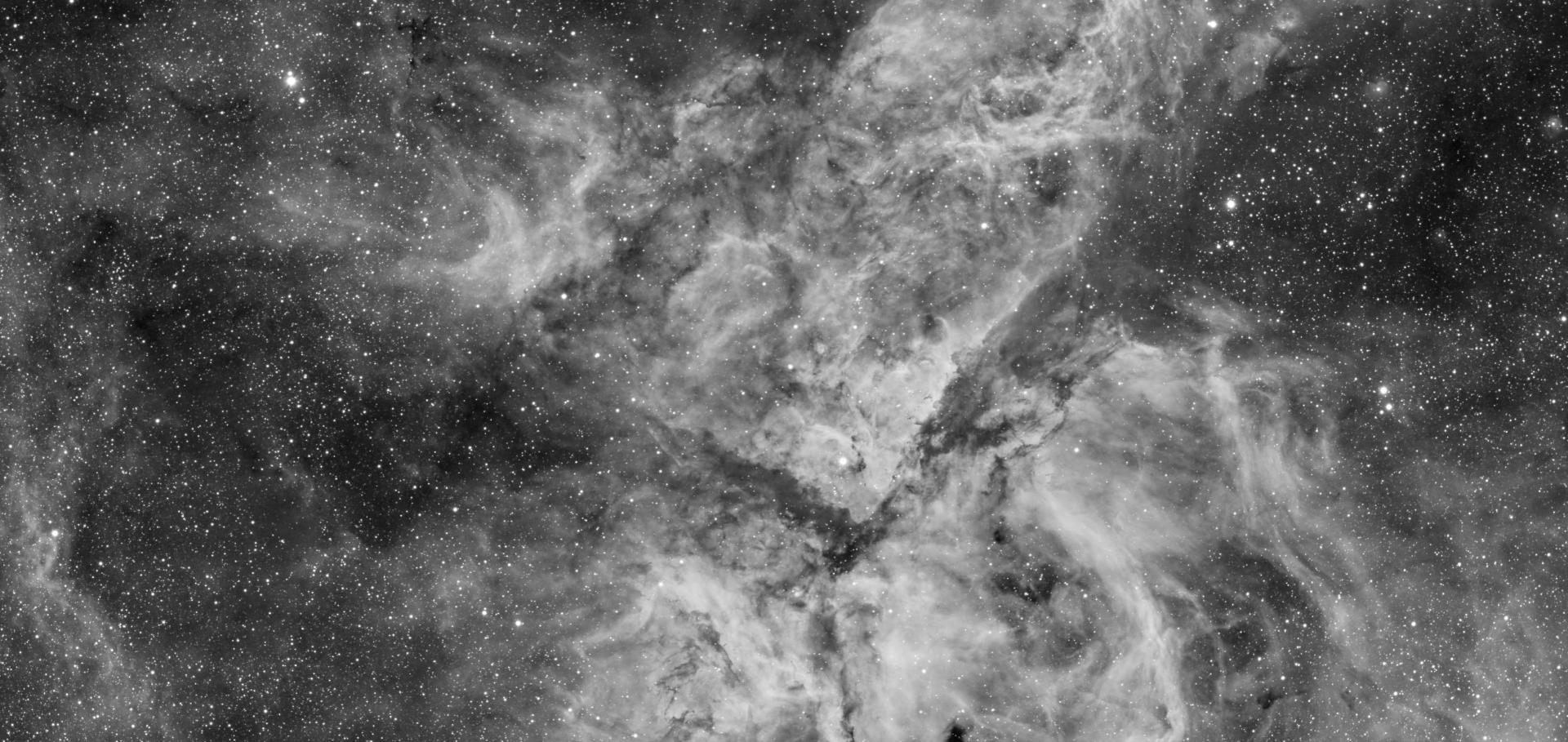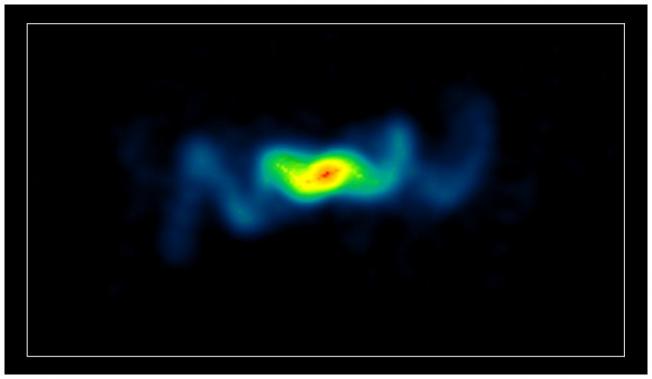Multiwavelength study of Cygnus A I. Precession and slow jet speeds from radio observations
ArXiv 0805.2169 (2008)
Abstract:
We study the jet and counterjet of the powerful classical double FRII radio galaxy Cygnus A as seen in the 5, 8 and 15-GHz radio bands using the highest spatial resolution and signal-to-noise archival data available. We demonstrate that the trace of the radio knots that delineate the jet and counterjet deviates from a straight line and that the inner parts can be satisfactorily fitted with the precession model of Hjellming & Johnston. The parameter values of the precession model fits are all plausible although the jet speed is rather low (< 0.5 c) but, on investigation, found to be consistent with a number of other independent estimates of the jet speed in Cygnus A. We compare the masses and precession periods for sources with known precession and find that for the small number of AGN with precessing jets the precession periods are significantly longer than those for microquasars.Multiwavelength study of Cygnus A II. X-ray inverse-Compton emission from a relic counterjet and implications for jet duty-cycles
ArXiv 0805.2172 (2008)
Abstract:
The duty-cycle of powerful radio galaxies and quasars such as the prototype Cygnus A is poorly understood. X-ray observations of inverse-Compton scattered Cosmic Microwave Background (ICCMB) photons probe lower Lorentz-factor particles than radio observations of synchrotron emission. Comparative studies of the nearer and further lobes, separated by many 10s of kpc and thus 10s of thousands of years in light-travel time, yield additional temporal resolution in studies of the lifecycles. We have co-added all archival Chandra ACIS-I data and present a deep 200 ks image of Cygnus A. This deep image reveals the presence of X-ray emission from a counterjet i.e. a jet receding from Earth and related to a previous episode of jet activity. The non-thermal X-ray emission, we interpret as ICCMB radiation. There is an absence of any discernible X-ray emission associated with a jet flowing towards Earth. We conclude that: (1) The emission from a relic jet, indicates a previous episode of jet activity, that took place earlier than the current jet activity appearing as synchrotron radio emission. (2) The presence of X-ray emission from a relic counterjet of Cygnus A and the absence of X-ray emission associated with any relic approaching jet constrains the timescale between successive episodes of jet activity to ~10^6 years. (3) Transverse expansion of the jet causes expansion losses which shifts the energy distribution to lower energies. (4) Assuming the electrons cooled due to adiabatic expansion, the required magnetic field strength is substantially smaller than the equipartition magnetic field strength. (5) A high minimum Lorentz factor for the distribution of relativistic particles in the current jet, of a few 10^3, is ejected from the central nucleus of this active galaxy. Abridged.Multiwavelength study of Cygnus A II. X-ray inverse-Compton emission from a relic counterjet and implications for jet duty-cycles
(2008)
Multiwavelength study of Cygnus A I. Precession and slow jet speeds from radio observations
(2008)
The inverse-Compton X-ray-emitting lobes of the high-redshift giant radio galaxy 6C 0905+39
ArXiv 0803.1545 (2008)



